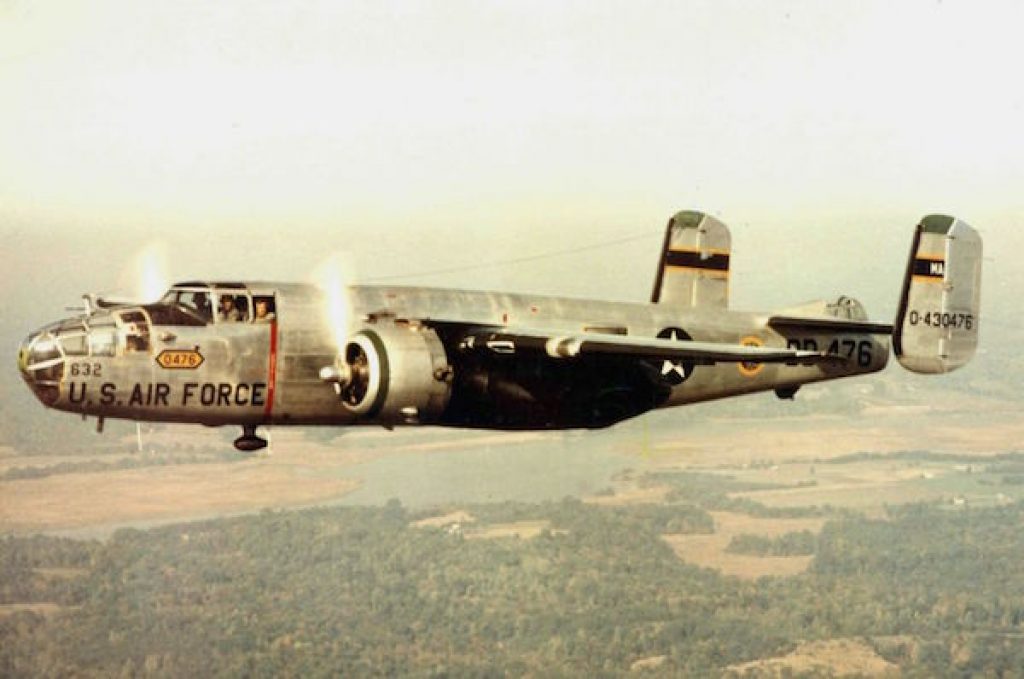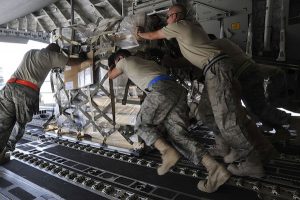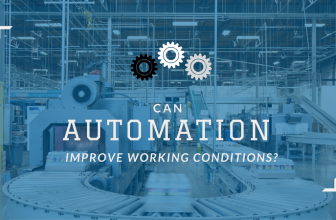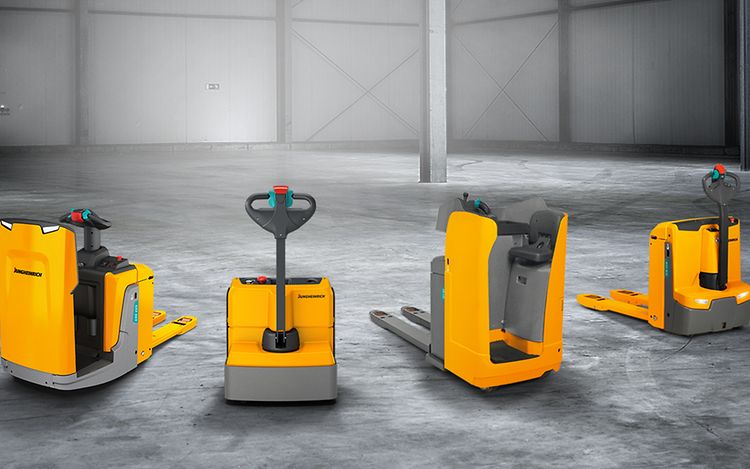There is a great deal to say about the history of shipping in the US. There has been remarkable growth and a bounty of changes throughout shipping’s history, so this week we are going to focus on quite possibly the most ubiquitous aspect of it all: the US Postal Service.

The history of shipping all began with the idea for the first postal service system. The postal service system has evolved to include a copious amount of characteristics that all improve the efficiency of the system, making it easier than ever to have any product shipped right to your door overnight. Today we have tons of inventions that contribute to the ease of shipping. Just to name a few, some of the numerous products include:
- Forklifts
- Pallets
- Cardboard boxes
- Packing peanuts
- Bubble wrap
What is the USPS and Why is it Important?
The USPS (United States Postal Service) is a United States federal government agency formed July 1, 1971 that is legally in charge of providing a postal service system to the entire country regardless of geographic location. The USPS is one of the only government agencies explicitly authorized by the United States Constitution.
The USPS has established a countrywide empire with well over 600,000 current employees. The USPS has done a lot for the United States in terms of our country’s national expansion. If you think about it, postal service systems are what really helped facilitate expansion into the West by creating an inexpensive, fast, and convenient communication system.
When did Postal Systems and the USPS Begin?
The USPS was formed in 1971, but many other forms of mail service organizations preceded it. In the very beginning years of the North American colonies, several attempts were made to initiate some type of postal service. The earliest attempt involved Massachusetts Bay Colony which set up a location in Boston where one could send a letter back home to England.
Another early attempt at a postal service (mid 1600s or so) included postage between two larger colonies, such as Massachusetts and Virginia. Services were very limited though, and many factors obstructed the success of the system. For example, informal independently-run postal services began operating in large cities like Boston and New York City.

Then in 1775, Benjamin Franklin was appointed the first postmaster general and highly elevated the postal service system. This was basically around the same time the American Revolution was beginning, and mail services became necessary. Political information, news, laws, and military orders were urgent to circulate, which is the same explanation for the introduction of newspapers. Shortly after the Revolution ended, Franklin’s operation expanded immensely and he created the Post Office Department in 1792.
In 1972, the USPS became an independent agency under the Postal Reorganization Act. The Postal Reorganization Act was a law passed by Congress and signed by President Nixon that abolished the United States Post Office Department and replaced it with the United States Postal Service which we use today.
How does the USPS Operate?
Part 2: Railroads
The History of Railroads
The History of Rail Transport Who Invented Railroads?

Rail-based transportation systems using man or horse power date way back to the ancient Greeks. Wagonways were the next major systems that operated roughly from 1500-1800.

The steam engine changed everything though. Starting in the 1810s, several people in Britain and the United States suggested ideas about building some type of railroad system. In 1815, John Stevens built a test track and ran a test locomotive around it in his summer home estate. Britain’s first railroad systems were popping up around the same time. Americans actually learned how to build railroads by carefully studying British railroad technology.
How has Railroad Transport Evolved?
Railroads played a huge role in the development of the United States from the Industrial Revolution in the Northeast and to the settlement of the West:
- The United States’ very first railroad systems started in the South and only had short lines connecting cotton regions to a port on an ocean or river. There were also railroads that transported farm supplies (grains, hogs, cattle, etc.).
- The Granite Railway was one of the first railroads constructed in 1826. It was a common freight carrier used during the construction of the Bunker Hill Monument, primarily used to haul granite.
- Also in 1826, two major railroads were built- the Delaware and Hudson Canal Company’s Railroad, and the Mohawk and Hudson Railroad. Both carried passengers around the bend in the Erie Canal.
But the real American railroad hype began with the Baltimore and Ohio Railroad in 1828:
- The B&O Railroad was one of the oldest, largest, and most important railroads in the history of the Atlantic region. It may not have been the first railroad in the U.S., but it was the first common carrier railroad and the first to offer scheduled freight and passenger services to the public.
- The entire railroad was destroyed by the Panic of 1873, which was a financial crisis that generated a depression in Europe and the United States.
- The B&O Railroad also started developing steam locomotives in 1829. These were the first American-built locomotives to run in the U.S.
And then came the ever-so-famous Pacific Railroad (the First Transcontinental Railroad) which was a 1,907 mile railroad that finally connected the East to the West. This railroad operated between 1863 and 1869.
During the Civil War, the railroad transportation business struggled because of the economic crisis, which caused such hardship because the use of a railroad was needed at that point. But instead, all railroad transport businesses basically crashed. The locomotives that did operate were strictly for Army use- mainly for carrying large weapons and other artillery.
Eventually during the Reconstruction Era, light shone through at the end of the tunnel- Northern money financed and rebuilt the railroad system throughout the South.
The railroad system became rather efficient by 1910, but the use of trucks, automobiles, and airplanes hurt the railroad industry. Due to several bankruptcies and consolidations, the rail system was down to only a small handful of large operations by the 1980s. In 1971, almost all long-distance passenger transport shifted to Amtrak. Today, commuter rail service is provided in major cities like New York City, Chicago, Boston, Philadelphia, Baltimore, and the DOC.
Why is Railroad Transport Important?
In the earlier days, railroads were the best way to transport goods because they could operate all year round and were fast! Canals and rivers could not run during the winter, and transportation of goods by wagon was slow and expensive.
Railroad transport still continues to play a vital role in the U.S. economy. Freight railroads are still used to move imports and exports, coal, and oil.
Railroad transport also played a big role in developing new concepts of management and brought forth giant corporations.
Part 3: Cargo Planes
The History of Cargo Planes

What is a Cargo Plane?
Otherwise known as a freighter or cargo jet, a cargo airplane is an aircraft that is strictly used for the transportation of air cargo rather than passengers.
How to tell the Difference between a Passenger Aircraft and a Cargo Aircraft:
- Cargo planes generally have much larger doors for loading and unloading cargo
- Cargo planes have a taller and wider fuselage cross-section
- Cargo planes have a higher wing to allow cargo to sit near the ground
- Occasionally, cargo planes will have more wheels than a passenger aircraft so it can land in unprepared locations
- Cargo planes have a higher-mounted tail to allow cargo to be driven directly into and off of the aircraft
How does Air Cargo Shipping Work?
The process of the “door-to-door” air cargo process starts with what we call the shipper. The shipper is the person or company that is responsible for shipping the goods, physically and administratively. Some of the time, but not always, the shipper is also the customer of the forwarder. The customer can also be the consignee or a third party that has ordered goods stored at the shipper’s location.
Next, delivery terms need to be established between all parties involved. This can include a buy, owner of the goods, a seller, transport company, forwarder, maintenance company, or a distributer. For security reasons today, the shipper is often required to be a “known shipper” for the forwarder.
The customer will then request a freight quote at one or more forwarders. The shipper is then responsible for the efficient assembly of the shipment. This includes volume, weight, and packaging in order to get the best prices for the shipment as well as avoiding all types of damage to goods.
The goods must then be correctly packed, labeled and with the right documents for forwarding and road transport. After the load is transported, the forwarder will give the shipper a proof of acceptance.
When was the First Cargo Airplane Invented?
The first cargo aircraft was made in 1911 and used only to carry mail. These first aircraft however, were not designed to transport large cargo until the mid-1920s.
How have Cargo Airplanes Evolved?
It was in the 1920’s that the use of cargo aircraft became much more prevalent as it was needed for military purposes, including World War II. The planes were needed to transport troops as well as material in the fastest manner. During the war in 1939, cargo aircrafts with rear loading ramps were invented, which was a huge innovation for future cargo aircraft. The powerful ramps have a hydraulic lift with a stairway in the center, making loading much easier.
Cargo aircraft in postwar Europe also served a major role in the evolution of cargo and shipping, especially once the Cold War began. A massive mobilization of aircraft was used to supply Berlin residents with food and supplies in a virtual air bridge that was used constantly. This was really a true savior since the Soviet Union closed and blockaded Berlin’s borders.
After the war era was over, several new custom-built cargo planes were introduced. One example is the United States’ C-82 Packet which contained a removable cargo area. Following that aircraft was the C-123 Provider that introduced the upswept tail to allow for a significantly larger rear loading ramp which is still commonly used today.
Today, because of new safety and noise requirements, most cargo aircraft can no longer be used for both cargo and passenger transportation. Some exceptions are the Boeing 747, Canadair CL-44, and the CASA CN-235 because of a special design that contains an unobstructed main deck to keep the cargo from crushing passengers in case of an accident.
Part 4: Logistics
The History of Logistics
What Do We Mean by “Logistics?”
Logistics is the routine we use when getting manufactured goods from the location of production to the location where they will be purchased in order to meet the necessities of consumers and business corporations.
Part of the term logistics deals with physical items such as food and beverages, equipment, and materials. More specifically, the material handling, packaging, inventory, transportation, and warehousing of a product, and every step that makes our goods available to us. Intangible matters such as time management and all pieces of detailed information are part of the logistics process as well.
The Origin of Logistics
Logistics as a concept has been around since there have been wars. The term originally had to do with the military and the process of supplying equipment and supplies to troops.
Now, logistics progressed into a business concept in the 1950s with the increasing intricacy of supplying industries with materials and shipping products in a progressively globalized supply chain.
Types of Logistics
- Inbound Logistics – The primary processes of purchasing and movement of materials
- Outbound Logistics – The process related to storage and movement of the final product
- Procurement Logistics – Market research, requirements planning, and order controlling
- Distribution Logistics – The delivery of finished products to the consumer: processing, warehousing, and transportation
- Disposal Logistics – Disposal of waste produced
- Reverse Logistics – Steps for the reuse of a product
- Green Logistics – Steps for minimizing ecological impact
- RAM Logistics – Reliability, Availability, Maintainability; business and military-related
- Asset Control Logistics – Assets required for the display, preservation, and promotion of products
- Emergency Logistics – The logistics of transport in the case of an emergency
Business vs. Military Logistics
- Business Logistics — Having the correct product in the right quantity and at the right time and place for a specific price to sell to a customer.
- Military Logistics — The process of maintaining one’s supply line in the military, which is ultimately a crucial element of a war strategy in the military.

How Have Logistics Evolved?
As time evolves, logistics continues to stem into a larger concept with a growing number of aspects. Business logistics have positively evolved since the 1950s due to the increase in complexity of supplying businesses with purchasable goods. Today we use the term “logistics” to describe the efficient flow and storage of these purchasable goods. Not only are we concerned with the supply chain process, but now we are concerned with all areas of the process such as disposal and reuse.
Why are Logistics Important?
Even the smallest businesses need suppliers, or if not, at least inventory or transportation. The success of any industry relies on a functional logistics process. Not to mention, we as consumers would not have the products we need to survive if there were no logistics system. With that being said, the world would be a chaotic mess of wild savages without logistics.
How the World Would Be Without Logistics?
Part 5: Trucking
The History of Trucking
As we have learned from our previous posts, railroad, air cargo, and automobile shipping has shaped the entire transportation business into what it is today. The next step in the evolution of transport has affected the political and economic history of the United States- can you guess what that next step was? We’ll give you a hint: they have eighteen wheels, very loud engines, and barely get 6 miles/gallon for gas.

Yes. Semi-trucks. We may hate them at times for taking up the highway roads, but the world would not function the same way without them
When did Trucking Begin?
The first trucks appeared in the early 19th century, but a lack of paved roads and solid rubber tires made the speed of transportation a lot slower. Air-filled tires did not come around until the 20th century, around the same time paved rural roads became more defined.
Trucks first started being frequently used during World War I by the military. Railroads were so crowded that semi-truck transportation was a faster means of transportation and kept the railroads from becoming even more congested.
President Roosevelt was an active member of revolutionizing the trucking industry, as he was affiliated with The American Highway Freight Association and the Federated Trucking Associations of America. He also constructed the code of competition which limits the driving hours for a truck or bus driver.
How has Trucking Evolved?
By the 1970’s, “truckers” had their own rapidly rising culture. The ladies wanted truckers more than motorcycle riders and cowboys. Trucker hats and plaid shirts became a style worn all over America by men and women that were not even in the trucking industry.
Truck driving in the 70’s was not an ideal profession for the time, however. Workers were not unionized, therefore pay was not very good. The number of carriers kept increasing, and the need for drivers became more demanding.
It wasn’t until the 1990’s that trucking became a booming industry. Competition was drastically increasing and business sales were at an all-time high. The Chauffer’s license was replaced with the CDL license around this time as well. Truck drivers had new laws and regulations that gave them proper training and higher pay. The increase in driver’s schools also increased the amount of trucks.
By the 2,000’s there were over 26 million trucks on the road in America alone. Huge department stores like Walmart and Target became a big hit once they were able to have daily truck deliveries. Also during this time, The Occupational Safety and Health Administration became more mindful of the accidents caused on the road by semi-truck blind spots. More educational programs were introduced to make drivers more aware of these issues.
How does the Trucking Industry Benefit us?
- Trucks transport very large quantities of raw material, works in progress, and finished goods across land from manufacturing plants to retail distribution centers. Anything you buy from any store was probably brought by truck.
- Some companies have delivery trucks that deliver to their business every day. As inventory remains stocked, prices stay lower, and our entire economy functions more to our advantage.
- Trucks make it easier to deliver and store perishable food, with their refrigerated truck beds.
- At least 85% of all agricultural products sold are shipped by truck.
- At least 65% of all pharmaceutical products sold are shipped by truck.
- About 95% of all lumber and other wood products sold are shipped by truck.
- Over 80% of all communities in the U.S. receive truck deliveries.



















